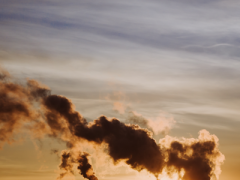Proposed climate policy pledges important step forward but fall short of 2°C
Pledges to reduce greenhouse gas / CO2 emissions in China, Europe and the US provide an important step forward for climate change action, but a more comprehensive effort is needed to limit global warming to 2°C. Climate finance can cover investment gaps and alleviate distributional tensions, a new study published in Nature Climate Change shows. The study, which contains key contributions from PBL, looks into several key negotiation issues on the road from the climate summit in Lima to the one in Paris 2015. PBL also released a policy brief that discusses different consequences of timing of climate policy in detail.
Researchers of six European research institutes have released one of the most comprehensive assessments of greenhouse gas emissions that each of the world’s major economies could produce under different scenarios, comparing currently proposed climate policy initiatives of different countries with scenarios that would lead to 2°C. Together these initiatives still result in insufficient emission reductions. At the same time, the study finds that the 2°C target is still feasible if more comprehensive climate policy can be formulated that significantly reduces emissions – leading to a peak in emissions in the next 10-15 years in most regions.
A key factor in implementing policies will be finance to ensure a meaningful contribution of developing countries. The study shows that a large part of the emission reductions, if to be realized at lowest cost, would come from emerging economies such as China or India.
Coinciding with this study, PBL has released a new policy brief, which more explicitly discusses the consequences of different timing in climate policy. Further details on this policy brief can be found here.




